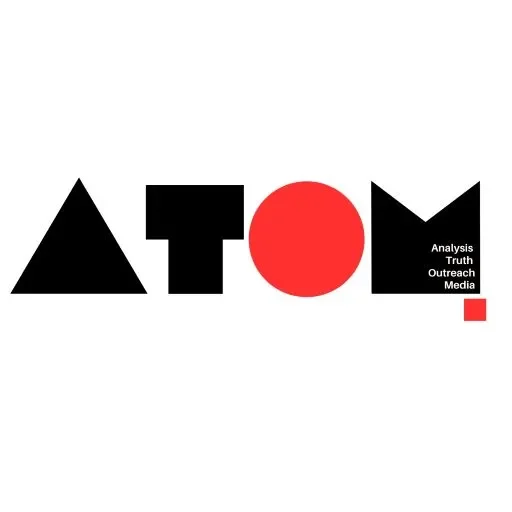The Evolution of Flood Prediction
For centuries, floods have been a natural disaster wreaking havoc and devastation. However, with advancements in technology, particularly Google’s AI flood prediction model, we may soon have the ability to foresee these disasters before they occur, potentially saving countless lives.
Unraveling the Mechanics of Google’s AI Flood Prediction Model
Google’s AI flood prediction model operates on the principles of machine learning, a branch of artificial intelligence that enables computers to learn from data without explicit programming. By analyzing vast datasets encompassing historical flood events, river levels, terrain elevation, and satellite imagery, the model identifies patterns and relationships crucial for predicting future floods.
The Algorithm Behind the AI Flood Oracle
While the specifics of Google’s AI flood prediction algorithm remain proprietary, it likely incorporates advanced techniques such as Long Short-Term Memory (LSTM) networks. These neural networks excel at analyzing sequential data, making them ideal for predicting the dynamics of floodwaters’ rise and fall.
Transforming Flood Prediction with Google’s AI
Google’s AI flood prediction model represents a significant advancement in the field of geology. Unlike traditional hydrological models that offer limited warning hours before a flood, Google’s AI provides a remarkable 7-day lead time, allowing communities to take proactive measures and mitigate potential damages.
The Humanitarian Impact of Early Flood Warnings
Early flood warnings generated by Google’s AI have profound implications for human life and safety. Empowered with timely information, communities can evacuate vulnerable areas, safeguard property, and mobilize emergency response services. Studies suggest that this AI technology could potentially prevent millions of dollars in damages and save numerous lives annually in flood-prone regions.
The Future Landscape of Flood Management
While Google’s AI flood prediction model represents a significant breakthrough, its potential for refinement and improvement is limitless. By integrating real-time weather data and sensor readings, the model can offer even more precise predictions, paving the way for personalized flood alerts delivered directly to smartphones.
The Role of Human Expertise in Flood Management
Despite the advancements in AI technology, human expertise remains indispensable in interpreting the model’s predictions and tailoring them to specific geographical locations. The collaboration between humans and machines in flood management ensures a more comprehensive and effective approach to disaster preparedness and response.
Conclusion
Google’s AI flood prediction model heralds a new era in flood management, offering unprecedented insights and lead time to mitigate the impact of these natural disasters. With continued advancements and collaboration between technology and human expertise, we can navigate the challenges posed by floods with greater resilience and preparedness.
Read more: Marketing News, Advertising News, PR and Finance News, Digital News.





